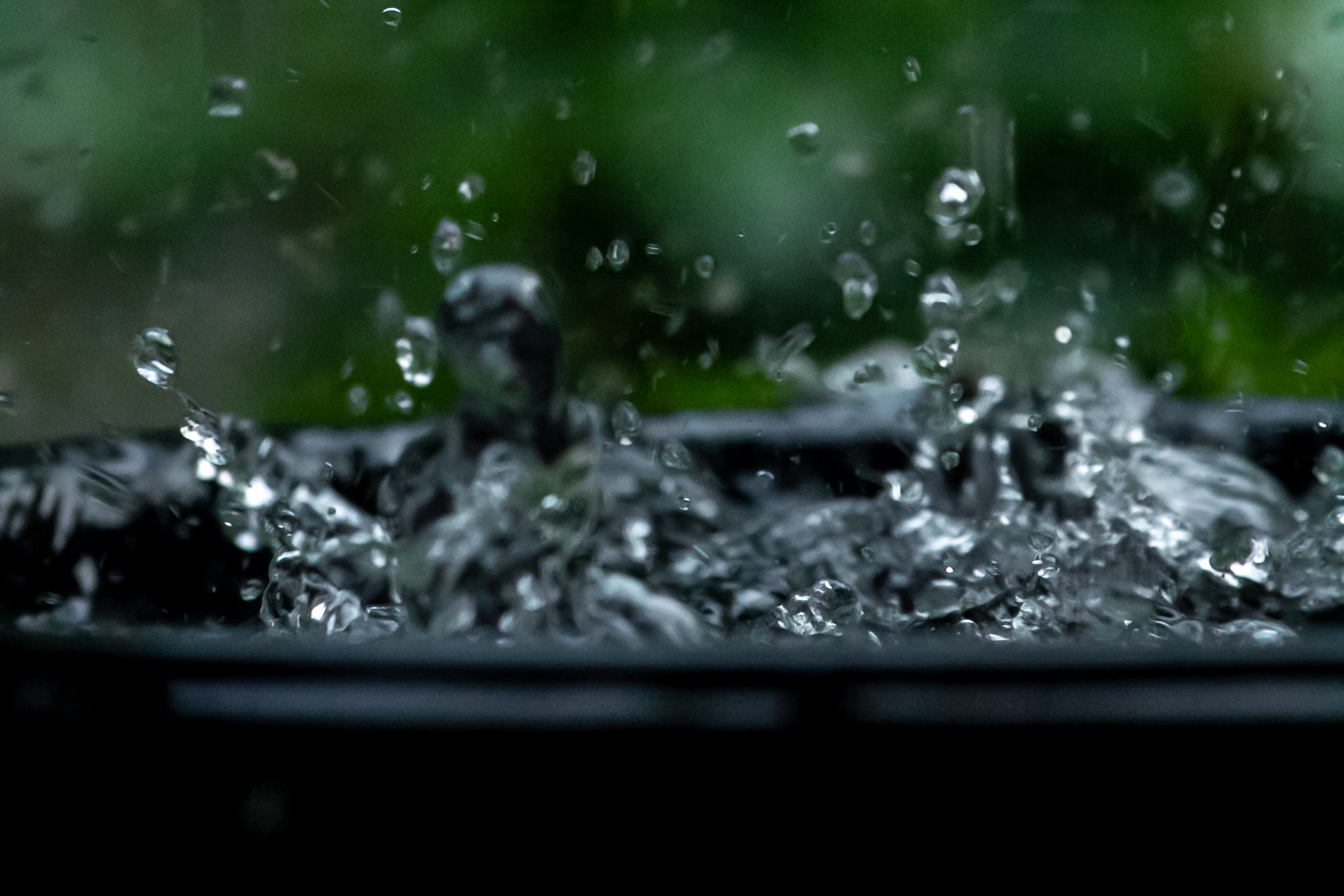Water on Urban Farms
Micah Hutchison
Produce Safety Technician
![]()
The FSMA Produce Safety Rule developed standards for water used on-farm in both pre- and postharvest activities. Many urban growers face challenges accessing reliable water sources and rely on alternative systems for irrigation and postharvest farm activities. There are many options available to urban growers struggling with water access. When choosing a water source, the best practice is to weigh the risks associated with the source and implement best practices to reduce the risk of contamination to produce.

Rainwater collection is a common water source on urban farms. Rain barrels and totes allow growers to harvest rainwater from high tunnels and other farm structures. This is often the most cost-effective solution to water access barriers but comes with the most associated risks. Rainwater is regarded as surface water and is often in contact with roofs, plastic, and gutters before the water reaches the collection point. That journey can introduce pathogens into the farm’s water source which can then contaminate produce. With water collection, the best practice is to use irrigation water in a way that will not touch the harvestable portion of the crop.
Drip irrigation is associated with the least risk. Drip irrigation under plastic allows water to be delivered to the root system with minimal contact with produce. Root vegetables, where the harvestable portion of the crop is below ground, are still at risk from drip irrigation. For growers utilizing surface water and rainwater collection systems, maximizing time between irrigation and harvest can reduce risks to root crops.
Wells can be used in urban settings. Access is often dependent on the municipality’s ordinances and zoning laws. Wells are regarded as less risky than surface water and provide water that can be used in both pre- and postharvest farm activities. Wells are often very expensive; the initial costs can create a barrier to many growers. When using well water on an urban farm, the water should be tested yearly for microbial quality and system inspections should be completed annually to ensure water quality.
Municipal water comes with the least associated risks. This water can be hard to access for urban growers with farms located on vacant land. Water provided by the municipality is regularly tested and treated to ensure water quality. This water source is often very expensive and hard to connect to when the farm is not located next to a home or business with a water spigot. Some communities have addressed the access issue and offer hydrant meter rentals for use to growers for irrigation. These meters connect to fire hydrants and provide municipal water to the farm during the growing season. In addition to hydrant meters, some cities offer reduced water rates for agricultural use.
Many urban growers face water access challenges on their farm. For urban growers, when choosing a water source, it is important to weigh the risks associated with each water source. While most water sources can be used safely, each comes with risks and requirements. As the grower, it is best to weigh all options when deciding on a water source and to implement best practices to reduce contamination risks on-farm.



 Print
Print Email
Email